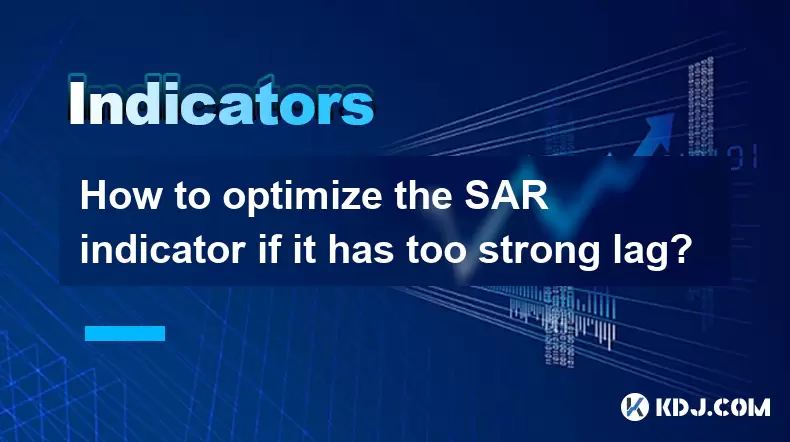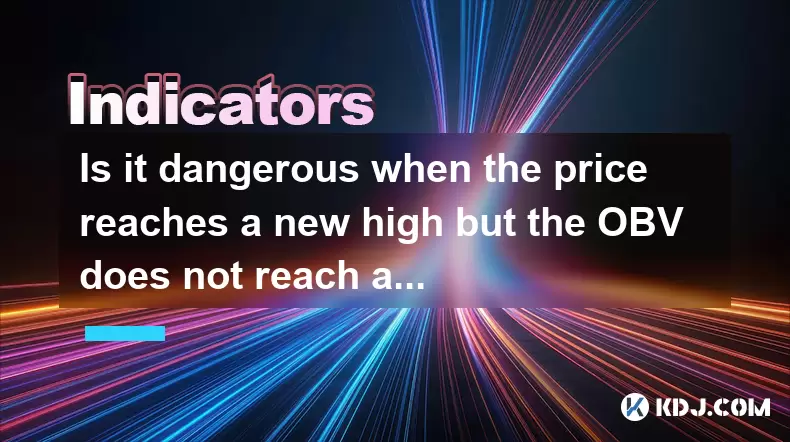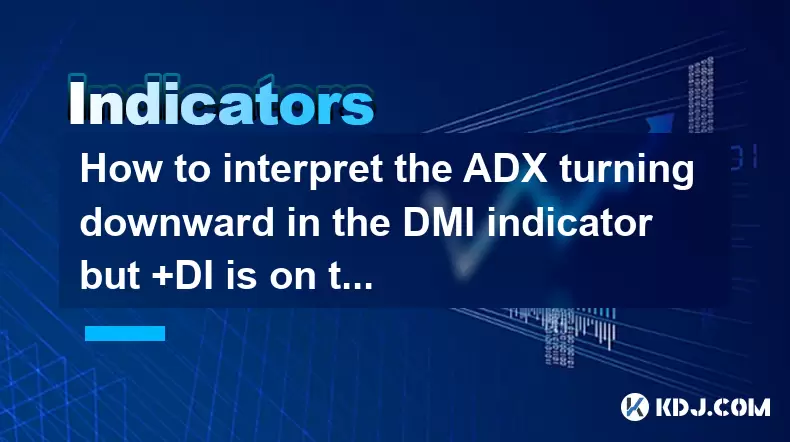-
 Bitcoin
Bitcoin $106,754.6083
1.33% -
 Ethereum
Ethereum $2,625.8249
3.80% -
 Tether USDt
Tether USDt $1.0001
-0.03% -
 XRP
XRP $2.1891
1.67% -
 BNB
BNB $654.5220
0.66% -
 Solana
Solana $156.9428
7.28% -
 USDC
USDC $0.9998
0.00% -
 Dogecoin
Dogecoin $0.1780
1.14% -
 TRON
TRON $0.2706
-0.16% -
 Cardano
Cardano $0.6470
2.77% -
 Hyperliquid
Hyperliquid $44.6467
10.24% -
 Sui
Sui $3.1128
3.86% -
 Bitcoin Cash
Bitcoin Cash $455.7646
3.00% -
 Chainlink
Chainlink $13.6858
4.08% -
 UNUS SED LEO
UNUS SED LEO $9.2682
0.21% -
 Avalanche
Avalanche $19.7433
3.79% -
 Stellar
Stellar $0.2616
1.64% -
 Toncoin
Toncoin $3.0222
2.19% -
 Shiba Inu
Shiba Inu $0.0...01220
1.49% -
 Hedera
Hedera $0.1580
2.75% -
 Litecoin
Litecoin $87.4964
2.29% -
 Polkadot
Polkadot $3.8958
3.05% -
 Ethena USDe
Ethena USDe $1.0000
-0.04% -
 Monero
Monero $317.2263
0.26% -
 Bitget Token
Bitget Token $4.5985
1.68% -
 Dai
Dai $0.9999
0.00% -
 Pepe
Pepe $0.0...01140
2.44% -
 Uniswap
Uniswap $7.6065
5.29% -
 Pi
Pi $0.6042
-2.00% -
 Aave
Aave $289.6343
6.02%
How to optimize the SAR indicator if it has too strong lag?
The Parabolic SAR is a useful tool for spotting trend reversals in crypto trading, but its lagging nature can lead to delayed signals in fast-moving markets like Bitcoin or Ethereum. This happens because the indicator relies on historical price data and acceleration factors that follow trends rather than predict them. To reduce this lag, traders can adjust the acceleration factor (AF), starting it higher or increasing it faster, which makes the SAR more responsive. However, making it too sensitive can create false signals in sideways markets. Combining SAR with faster indicators like EMA or TEMA helps confirm trend changes and filter out weak signals. Traders also use shorter timeframes to validate SAR signals before acting, improving entry timing. Volatility filters like ATR or Bollinger Bands further enhance SAR performance by adapting it to market conditions. While SAR struggles in ranging markets, optimizing settings and combining it with other tools allows traders to manage its lag and improve decision-making in volatile crypto environments.
Sentence: Adjusting the Parabolic SAR's acceleration factor and combining it with faster indicators like EMA improves responsiveness in volatile crypto markets.
Jun 17, 2025 at 02:14 am

Understanding the SAR Indicator and Its Lagging Nature
The Parabolic SAR (Stop and Reverse) is a popular technical analysis tool used in cryptocurrency trading to identify potential reversals in price direction. While effective, traders often find that the SAR indicator lags significantly, especially in fast-moving or volatile markets such as crypto. This lag occurs because the SAR is based on historical prices and acceleration factors, which inherently follow price action rather than anticipate it.
In highly volatile environments like Bitcoin or Ethereum trading, this delay can cause missed opportunities or late exits from positions. The primary reason for this lag lies in the formula's dependence on extreme points (EP) and an increasing acceleration factor (AF) that only adjusts after a trend has already started forming.
Adjusting the Acceleration Factor to Reduce SAR Delay
One of the most direct ways to reduce the lag in the SAR indicator is by adjusting the acceleration factor (AF) within its calculation. By default, the AF starts at 0.02 and increases by 0.02 each time a new extreme point is registered, up to a maximum of 0.2. Increasing the initial value or the step increment can make the SAR more responsive to price changes.
- Modify the starting AF from 0.02 to 0.05
- Increase the AF step from 0.02 to 0.04
- Cap the maximum AF at 0.3 instead of 0.2
These adjustments allow the SAR dots to move closer to the current price faster, thereby reducing the gap between actual price movement and SAR signal generation. However, caution must be exercised to avoid overfitting or making the indicator too sensitive, which may lead to false signals during sideways or choppy market conditions.
Combining SAR with Faster Moving Averages
To further counteract the inherent lag of the SAR, traders often combine it with faster-moving indicators such as EMA (Exponential Moving Average) or TEMA (Triple Exponential Moving Average). These tools react more quickly to price changes and can serve as confirmation signals when used alongside SAR.
For instance:
- Use a 9-period EMA crossing above or below a 21-period EMA to confirm SAR reversal signals
- Apply a short-term TEMA (e.g., 7-period) to filter out weak SAR entries
- Monitor crossovers between fast and slow EMAs in conjunction with SAR dots flipping sides
This multi-indicator approach helps filter out false SAR signals and improves the timing of trade entries and exits. In crypto markets where momentum shifts rapidly, such combinations are essential to avoid whipsaws and maximize profitability.
Using Shorter Timeframes for SAR Signal Validation
Another method to optimize the SAR indicator’s responsiveness is by analyzing it across multiple timeframes. For example, if you're trading on the 1-hour chart, check the SAR signal against the 15-minute or 5-minute charts to get earlier confirmation of trend changes.
Here’s how to implement this strategy:
- Identify a SAR reversal signal on the primary chart (e.g., 1H)
- Switch to a lower timeframe (e.g., 15M)
- Wait for the SAR on the lower timeframe to flip direction before entering
- Confirm with volume or other momentum indicators like RSI or MACD
This hierarchical validation ensures that you’re not acting on delayed signals and instead capturing the reversal much closer to the actual turning point. It also allows traders to enter at better prices while still maintaining the risk-reward profile aligned with the higher timeframe trend.
Incorporating Volatility Filters to Improve SAR Performance
Given the high volatility in cryptocurrency markets, integrating volatility filters can significantly enhance the SAR indicator’s effectiveness. Tools like ATR (Average True Range) or Bollinger Bands can be used to dynamically adjust the SAR parameters or act as filters for trade signals.
Consider these approaches:
- Use ATR to scale the acceleration factor — higher ATR values increase AF slightly to keep pace with rapid moves
- Only take SAR signals when price is beyond the middle Bollinger Band in the direction of the trend
- Avoid SAR trades during low volatility phases, where the indicator tends to produce erratic signals
By aligning SAR usage with prevailing volatility levels, traders can improve signal accuracy and reduce false alarms. This becomes especially important during consolidation periods or sudden pump-and-dump scenarios common in altcoin trading.
Frequently Asked Questions
Q: Can I use SAR effectively in ranging markets?
A: The SAR indicator performs poorly in ranging markets due to frequent false reversals. Traders should consider using alternative indicators like RSI or Stochastic in such conditions or disable SAR until a clear trend re-emerges.
Q: Is there a way to automate SAR parameter adjustments based on market conditions?
A: Yes, trading platforms like TradingView or MetaTrader allow scripting custom logic where SAR settings can change dynamically based on volatility, trend strength, or time of day. This requires some coding knowledge or access to pre-built scripts.
Q: How does SAR compare to ADX in terms of lag?
A: While both indicators have lag, ADX (Average Directional Index) measures trend strength rather than direction. It lags less in identifying whether a trend exists but doesn’t provide reversal signals like SAR. Combining ADX with SAR can offer a balanced view of both trend presence and reversal timing.
Q: Should I remove SAR entirely if it lags too much?
A: Not necessarily. Instead of removing it, optimize its settings, combine it with faster indicators, and apply filters to retain its benefits while minimizing drawbacks. The goal is not to eliminate lag completely but to manage it effectively within your trading strategy.
Disclaimer:info@kdj.com
The information provided is not trading advice. kdj.com does not assume any responsibility for any investments made based on the information provided in this article. Cryptocurrencies are highly volatile and it is highly recommended that you invest with caution after thorough research!
If you believe that the content used on this website infringes your copyright, please contact us immediately (info@kdj.com) and we will delete it promptly.
- 2025-W Uncirculated American Gold Eagle and Dr. Vera Rubin Quarter Mark New Products
- 2025-06-13 06:25:13
- Ruvi AI (RVU) Leverages Blockchain and Artificial Intelligence to Disrupt Marketing, Entertainment, and Finance
- 2025-06-13 07:05:12
- H100 Group AB Raises 101 Million SEK (Approximately $10.6 Million) to Bolster Bitcoin Reserves
- 2025-06-13 06:25:13
- Galaxy Digital CEO Mike Novogratz Says Bitcoin Will Replace Gold and Go to $1,000,000
- 2025-06-13 06:45:13
- Trust Wallet Token (TWT) Price Drops 5.7% as RWA Integration Plans Ignite Excitement
- 2025-06-13 06:45:13
- Ethereum (ETH) Is in the Second Phase of a Three-Stage Market Cycle
- 2025-06-13 07:25:13
Related knowledge

How to interpret the low opening the next day after the long lower shadow hits the bottom?
Jun 18,2025 at 12:22am
Understanding the Long Lower Shadow Candlestick PatternIn technical analysis, a long lower shadow candlestick is often seen as a potential reversal signal in a downtrend. This pattern occurs when the price opens, trades significantly lower during the session, but then recovers to close near the opening price or slightly above. The long wick at the botto...

How to operate the RSI indicator repeatedly in the 40-60 range?
Jun 18,2025 at 12:56am
Understanding the RSI Indicator and Its RelevanceThe Relative Strength Index (RSI) is a momentum oscillator widely used in cryptocurrency trading to measure the speed and change of price movements. Typically, the RSI ranges from 0 to 100, with levels above 70 considered overbought and below 30 considered oversold. However, when the RSI repeatedly stays ...

Why is the volume ratio suddenly enlarged three times but the price fluctuation is small?
Jun 18,2025 at 04:42am
Understanding the Relationship Between Trading Volume and Price MovementIn the world of cryptocurrency trading, volume is a crucial metric that reflects the number of assets traded within a specific time frame. It often serves as an indicator of market interest and liquidity. However, there are instances where trading volume surges dramatically—sometime...

How strong is the MACD golden cross below the zero axis?
Jun 17,2025 at 11:00pm
Understanding the MACD Indicator in Cryptocurrency TradingThe Moving Average Convergence Divergence (MACD) is one of the most widely used technical indicators among cryptocurrency traders. It helps identify potential trend reversals, momentum shifts, and entry or exit points. The MACD consists of three main components: the MACD line, the signal line, an...

Is it dangerous when the price reaches a new high but the OBV does not reach a new high?
Jun 18,2025 at 06:14am
Understanding On-Balance Volume (OBV) in Cryptocurrency TradingIn the world of cryptocurrency trading, technical indicators play a crucial role in analyzing market behavior and predicting future price movements. One such widely used indicator is the On-Balance Volume (OBV), which helps traders assess the strength of buying or selling pressure behind pri...

How to interpret the ADX turning downward in the DMI indicator but +DI is on the top?
Jun 18,2025 at 08:01am
Understanding the Role of Decentralized Finance in Modern Cryptocurrency EcosystemsDecentralized Finance, commonly known as DeFi, has emerged as a cornerstone of the modern cryptocurrency ecosystem. Unlike traditional financial systems that rely on centralized intermediaries like banks and brokers, DeFi platforms operate on blockchain networks to offer ...

How to interpret the low opening the next day after the long lower shadow hits the bottom?
Jun 18,2025 at 12:22am
Understanding the Long Lower Shadow Candlestick PatternIn technical analysis, a long lower shadow candlestick is often seen as a potential reversal signal in a downtrend. This pattern occurs when the price opens, trades significantly lower during the session, but then recovers to close near the opening price or slightly above. The long wick at the botto...

How to operate the RSI indicator repeatedly in the 40-60 range?
Jun 18,2025 at 12:56am
Understanding the RSI Indicator and Its RelevanceThe Relative Strength Index (RSI) is a momentum oscillator widely used in cryptocurrency trading to measure the speed and change of price movements. Typically, the RSI ranges from 0 to 100, with levels above 70 considered overbought and below 30 considered oversold. However, when the RSI repeatedly stays ...

Why is the volume ratio suddenly enlarged three times but the price fluctuation is small?
Jun 18,2025 at 04:42am
Understanding the Relationship Between Trading Volume and Price MovementIn the world of cryptocurrency trading, volume is a crucial metric that reflects the number of assets traded within a specific time frame. It often serves as an indicator of market interest and liquidity. However, there are instances where trading volume surges dramatically—sometime...

How strong is the MACD golden cross below the zero axis?
Jun 17,2025 at 11:00pm
Understanding the MACD Indicator in Cryptocurrency TradingThe Moving Average Convergence Divergence (MACD) is one of the most widely used technical indicators among cryptocurrency traders. It helps identify potential trend reversals, momentum shifts, and entry or exit points. The MACD consists of three main components: the MACD line, the signal line, an...

Is it dangerous when the price reaches a new high but the OBV does not reach a new high?
Jun 18,2025 at 06:14am
Understanding On-Balance Volume (OBV) in Cryptocurrency TradingIn the world of cryptocurrency trading, technical indicators play a crucial role in analyzing market behavior and predicting future price movements. One such widely used indicator is the On-Balance Volume (OBV), which helps traders assess the strength of buying or selling pressure behind pri...

How to interpret the ADX turning downward in the DMI indicator but +DI is on the top?
Jun 18,2025 at 08:01am
Understanding the Role of Decentralized Finance in Modern Cryptocurrency EcosystemsDecentralized Finance, commonly known as DeFi, has emerged as a cornerstone of the modern cryptocurrency ecosystem. Unlike traditional financial systems that rely on centralized intermediaries like banks and brokers, DeFi platforms operate on blockchain networks to offer ...
See all articles

























































































